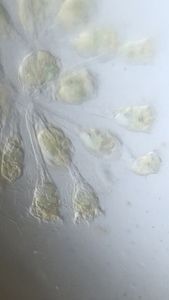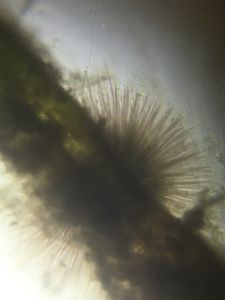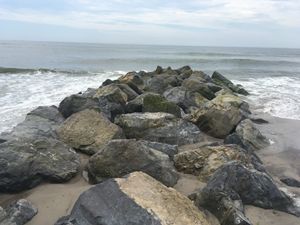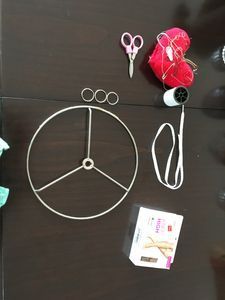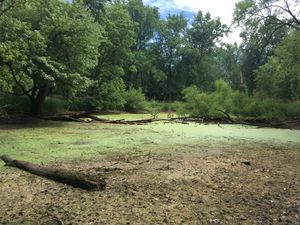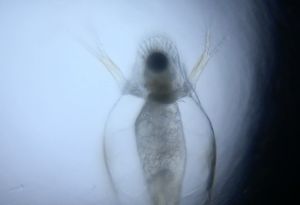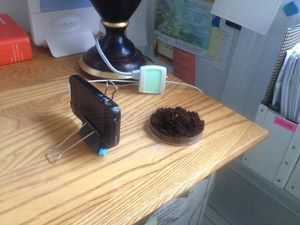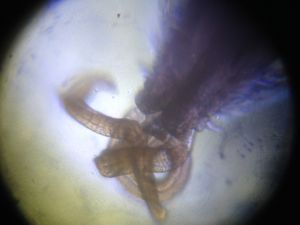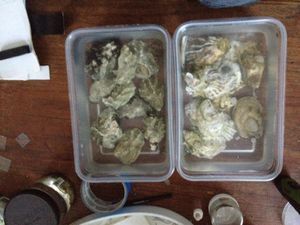St. Patrick’s Hunt
 Mar 18, 2016 • 10:43 PM UTC
Mar 18, 2016 • 10:43 PM UTC Unknown Location
Unknown Location 140x Magnification
140x Magnification Microorganisms
Microorganisms
Matthew Rossi
I'm a novelist, essayist, and a writing consultant. I work in the writing centers at Columbia and Baruch University and explore research into the overlap of maker cultures and writing. My work with the Foldscope tends to focus on finding wild creatures in urban spaces and looking at how human works are shaped by the movements of the biosphere.
40posts
105comments
4locations
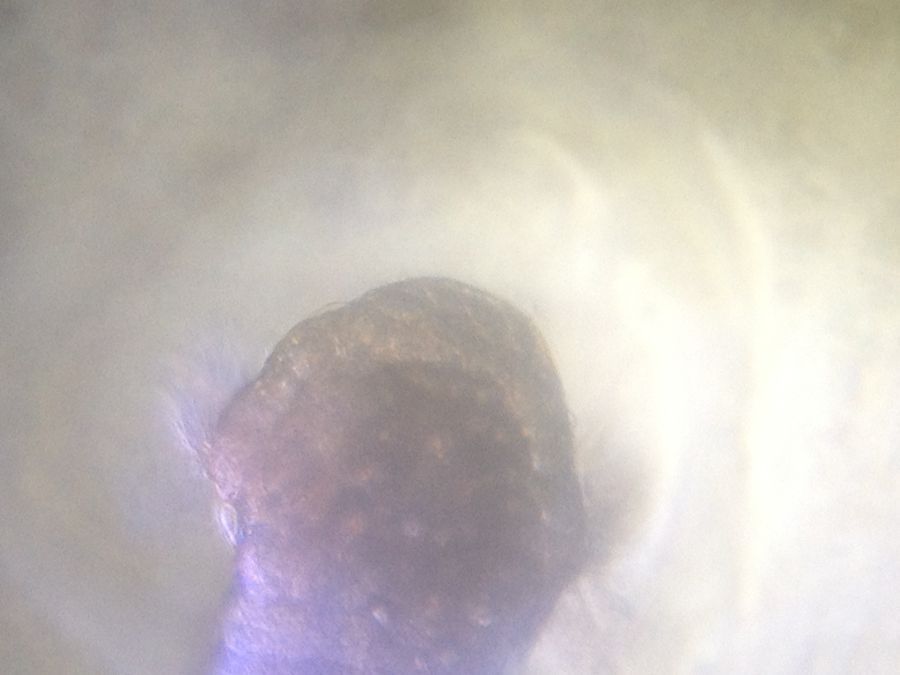
I’m on spring break at the moment from one of the schools I teach at, and with the weather warming, the sun coming out a bit after a cold February (the only real winter we’ve had this season), I took the opportunity yesterday to spend a little time down at the beach.
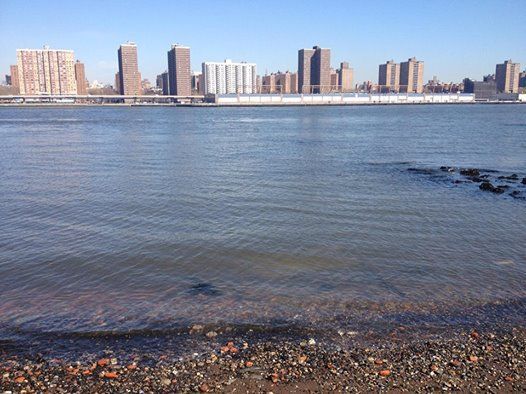
It’s not the most beautiful beach in the world, but it is home to my favorite tidal pool down in DUMBO . In what might have been a fairly ill advised move, I waited until low tide, kicked off my shoes, and waded out into the frigid water to see if the barnacles I left were still there. I couldn’t find them, and the water was too deep to search, my feet too numb from cold to safely keep walking around. I nabbed some seaweed in a container and turned back to find a group of students and their teacher watching me from shore.
“What’re you doing? Gathering seaweed,” the teacher asked me, that strange fellow they’d found wading in the East River in March.I told her I was gathering the seaweed to catch the things living in the seaweed.
“But I don’t think anything much is on there now. The water’s too cold.”
Boy was I wrong.
It never ceases to amaze me how an apparently calm jar of water can come to life on a second observation. As I sat by the water reading and editing some of my writing, I kept coming back to look at the fucus seaweed floating in my jars, and each time noticed someone new darting around in it. The first I noticed was a copepod swimming around in the floating fronds of the weed.
“What’re you doing? Gathering seaweed,” the teacher asked me, that strange fellow they’d found wading in the East River in March.I told her I was gathering the seaweed to catch the things living in the seaweed.
“But I don’t think anything much is on there now. The water’s too cold.”
Boy was I wrong.
It never ceases to amaze me how an apparently calm jar of water can come to life on a second observation. As I sat by the water reading and editing some of my writing, I kept coming back to look at the fucus seaweed floating in my jars, and each time noticed someone new darting around in it. The first I noticed was a copepod swimming around in the floating fronds of the weed.
Copepods are pretty common in the water. Most samples of fresh or salt water I’ve gathered have had a few darting around, identifiable to the naked eye by the way they seem to teleport from one place to another. This one is a new species to me, though. The pectoral fringe (they look like rakes) on either side is a structure I’ve never seen in a copepod, and the tail structure is different than I’ve noticed before.
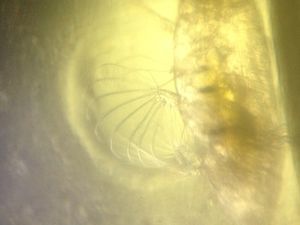
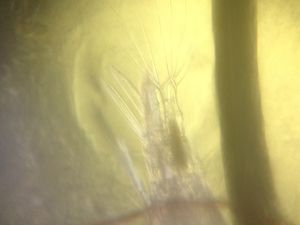
Even more interesting to me, though, was the tiny larva I found swimming in the water when I poured it into my plastic containers. About the same size as a copepod, it swam more smoothly through the floating bits, in a fluid line rather than a series of jerks. At first, I thought I’d caught another planarian, also a common resident of my water samples, but it turned out to be something new.
It’s a trocophore larva, one of the many interesting and strange phases of life that creatures like worms and molluscs go through. I have not a clue what kind of animal this one will become (if it grows to adulthood), but I am incredibly excited to have seen it in this state. A good view of its bands of cilia is visible in all the shots of it, on top and on the bottom of the larva. They work in tandem like the rotors of a helicopter, the front seeming to drive its motion while the back stabilize and direct it. Since it decided to stay still for a while, I took the opportunity to take a high magnification shot of it.

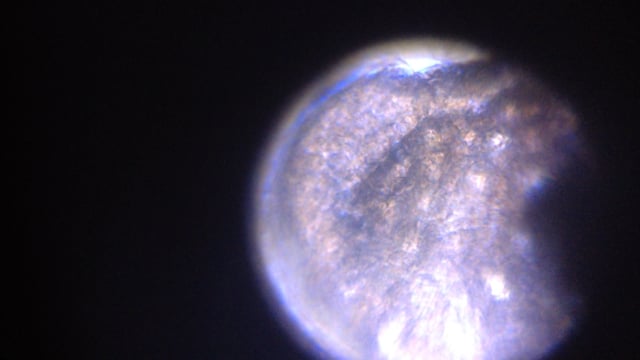
Now you can see the flow of cilia clearly, as well as the cluster of cells making up the center of the larva’s gut.
Most exciting to me is that even after months of observing this specific tidal pool–an area no larger than the floor of a walk-in closet–it still reveals new things to me. My partner likes to say that nature laughs at me whenever I say I have seen what there is to see. And here that’s more true than ever. This is to say nothing of the other creatures living in that seaweed. Or the chunk of coral I found on the shore. Nor of the excitement of the seaweed itself, its floating parts waiting full of gametes to release into the water. I must take note to never say that there’s nobody living in this small tidal pool again.
Most exciting to me is that even after months of observing this specific tidal pool–an area no larger than the floor of a walk-in closet–it still reveals new things to me. My partner likes to say that nature laughs at me whenever I say I have seen what there is to see. And here that’s more true than ever. This is to say nothing of the other creatures living in that seaweed. Or the chunk of coral I found on the shore. Nor of the excitement of the seaweed itself, its floating parts waiting full of gametes to release into the water. I must take note to never say that there’s nobody living in this small tidal pool again.
Sign in to commentNobody has commented yet... Share your thoughts with the author and start the discussion!
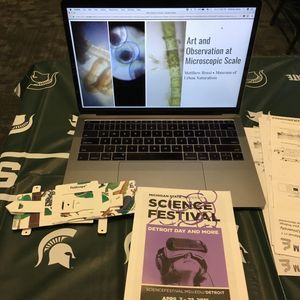
 0 Applause
0 Applause 0 Comments
0 Comments




